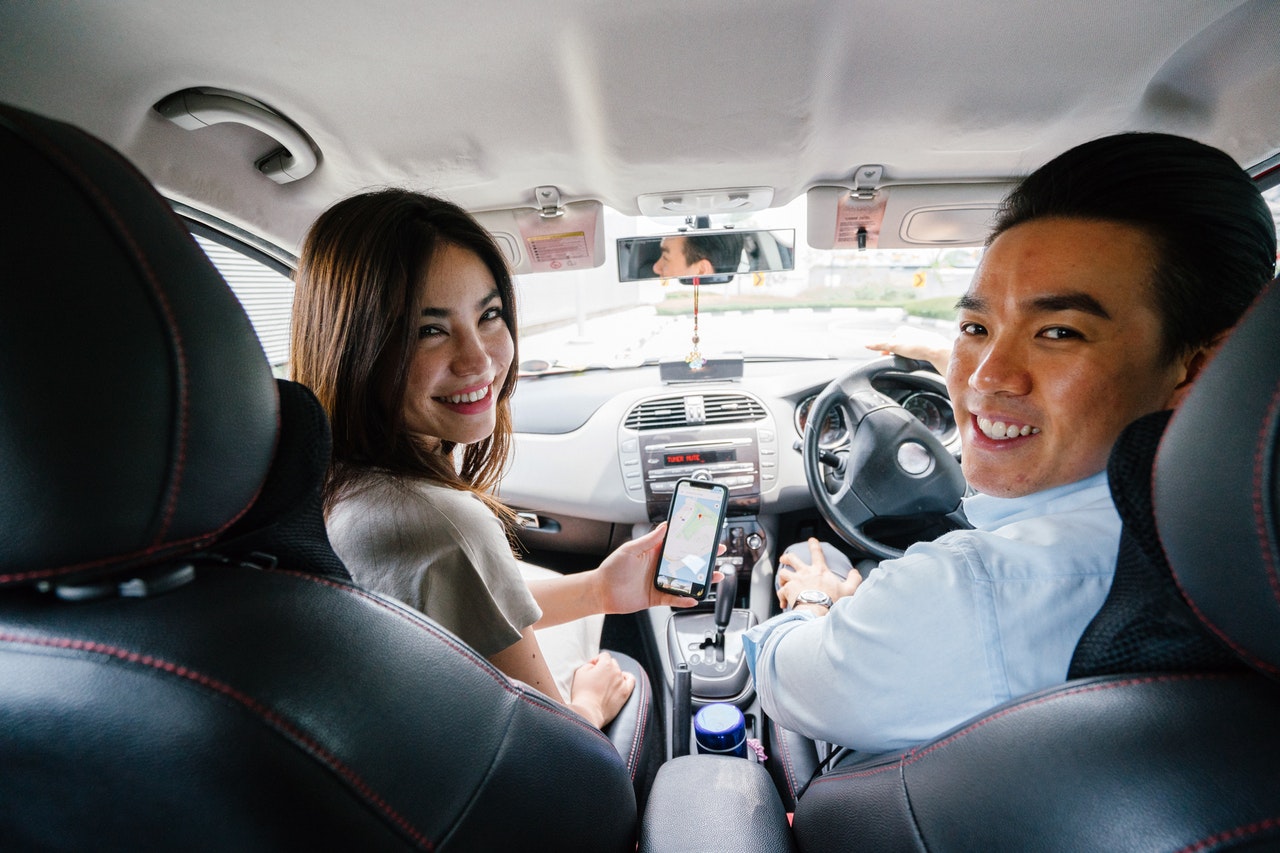Passing your drivers test at any age is a significant achievement for pretty much anyone. With over 88% of people being car owners in the USA, being in the small percentage of households that don’t own a car can be pretty limiting. For those with the desire to learn how to drive and benefit from the freedom having your own set of wheels brings you, the temptation to go all out and buy a brand new expensive car can be alluring.
It makes sense that you would want to celebrate passing your driving test by splashing out on a new car. But should you be buying a brand new car as a new driver?
Opinions state that many first drivers – these tend to fall into the young and teen driver categories, should opt for a used car until they get more experience on the road. Younger drivers are significantly more vulnerable to certain factors and environments that could potentially lead to an increase in a decline in driving. Inexperience in driving in adverse weather conditions, operating in the dark, drink or drug driving, distractions from passengers and loud music and so on can all contribute to poor driving reactions and failure to drive correctly and following the law.
Why?
Each day six teenagers aged 16-19 die in car accidents. With teens representing over 6% of the population, this accounts for an exceptionally high number of accidents that result in damage to cars or injury to person or even death in this category alone. No one hits the road, thinking that they will potentially be in a crash. But newer and younger drivers lack the driving experience that will potentially help you in the event of an accident. Passing your test is one thing: having driving experience comes with time.
Aside from taking advanced driving lessons to gain more knowledge and experience, a great way to learn to be an excellent independent driver is to buy a used car to learn in—scrapes when maneuvers go wrong. Bumps and knicks from driving mishaps are all commonplace. Choosing a used car as your first means that the vehicle will already have some slight bodywork marks, and you won’t be upset if you cause anymore. Once you have gained your road awareness from time spent driving daily, you can look at upgrading to a newer car – click here for your options before heading to a showroom, once you have more confidence when driving.
What Else Do New Drivers in America Need to Know?
Get to Know Your Car
Take the time to sit in your car and get to know all the controls. Know what all the different buttons, switches etc. are for and learn how to control your music system if you have one when stationery rather than while you are driving. Get to know how your car works when parked will reduce the distractions from trying to guess what everything does as you are physically driving.
Slow Down.
The speed limits are there for a reason, and taking your time and obeying the speed limit can help you to become a better driver and reduce the risk of speed-related accidents. It takes time to feel fully confident when driving at high speeds, so take your time and obey the speed limit as a new driver.
Limit Distractions
This means your friends, loud music, eating, drinking etc. As a new driver, your reactions won’t be as immediate as a more experienced driver, thus meaning any potential accident will be accelerated as you won’t have all the necessary skills to react proficiently.
That isn’t to say you are a terrible driver overall, but new drivers lack time spent on the road in real-life traffic as a sole driver. That fact is a given and should be remembered by all who take to the streets immediately after passing their test.
Tailgating – Don’t Do It
Tailgating is the act of driving close to the person in front of you. Many do it to force the car in front to ‘speed up’ or get out of their way. There are many problems associated with tailgating and a reason it is a leading cause of road traffic accidents.
Should the car in front, you brake suddenly, and you are too close to them, you won’t have enough time to react, thus causing an accident. Always keep a safe distance from any vehicles in front of you, especially lorries and tricks which may not be able to see you if you are too close. Being too close will mean you also don’t know what is happening in front of the car in front of you, making you blind to any potential problems until it is too late.
Be Prepared
Like a good scout, you always want to be prepared, especially as a new driver. Being prepared means having emergency supplies in your car in the event of an accident or if you break down.
Items to keep in your car include blankets, water, snacks, flashlights, keeping your phone charged, having all your insurance documents on you, an empty gas can and a first aid kit to name a few.
Be Aware of the Weather
Changes, especially quick and drastic changes in the weather can change how you need to drive. Knowing what the weather forecast is for the day can help you to prepare to drive in adverse conditions. Even light rainfall can make the roads slippery and increase the required braking time. Driving slower and more conscientious can help you navigate bad weather and make sure you are driving as safely as possible.
As a new driver, the last thing you want to do is to lose your license quicker than it took you to get it. Paying attention when on the roads and building up your experience to become a more aware and careful driver will serve you well now and in the future.


